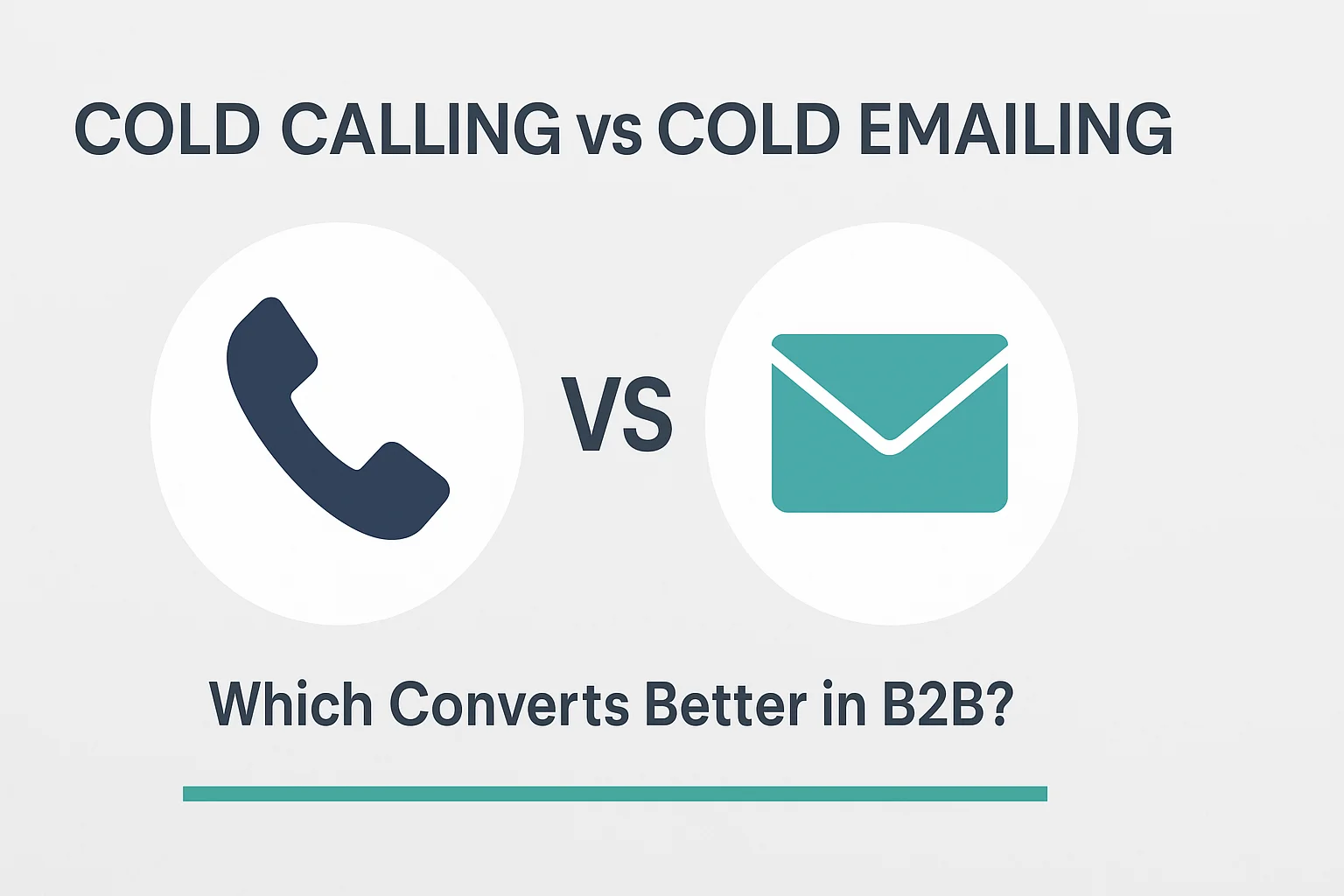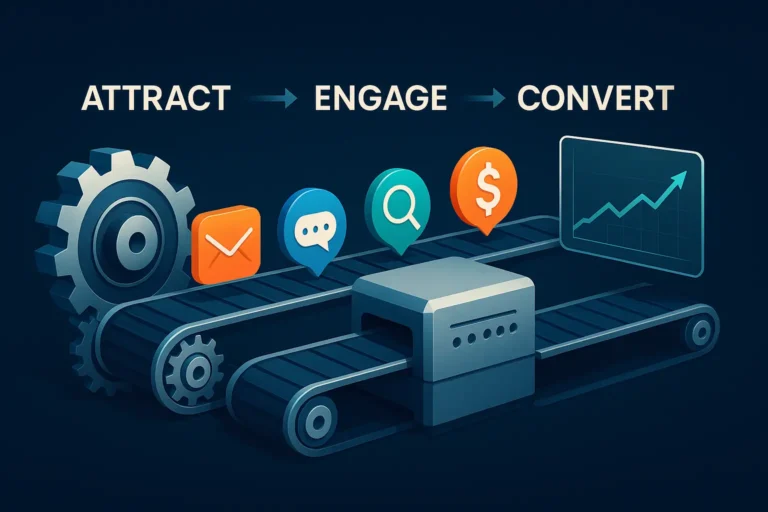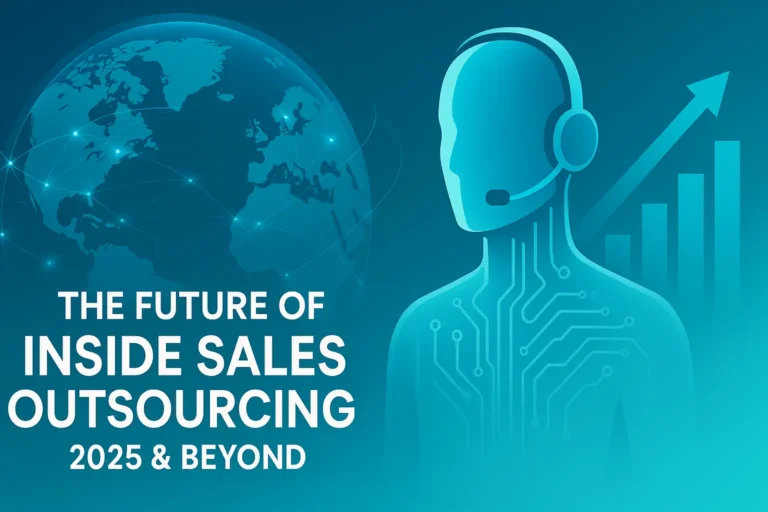Cold Calling vs Cold Emailing: Which Converts Better in B2B?
Ask any salesperson today: would you rather pick up the phone or send a quick email to a prospect you’ve never met?
Most will hesitate — because honestly, neither feels easy anymore.
But when it comes to real results in B2B sales, does cold calling still stand a chance against cold emailing?
Or has the inbox officially replaced the dial tone?
Let’s break it down — based on experience, not theory.
First, Let’s Be Clear: Cold Calling Isn’t Dead
It’s tempting to think nobody answers their phones anymore. And sure, if you’re calling random mobile numbers during lunch hour, you’ll hit a lot of voicemails.
But for high-value B2B deals, a live voice still cuts through digital noise like nothing else.
In my own projects, when we needed to land decision-makers in industries like SaaS, logistics, or finance, a cold call (done right) led to real conversations faster than email ever could.
That said, the way we cold call today looks a lot different from even 5 years ago.
It’s more targeted. It’s more respectful. And honestly, it has to be.
And Cold Emailing? It’s Winning for Scale
Now, cold emailing — when done thoughtfully — is an absolute powerhouse for scaling outreach without burning out your team.
You can contact 50, 100, even 500 prospects a week without sounding spammy — if you know how to personalize, segment, and follow up intelligently.
The catch?
You’re battling for attention in an inbox flooded with sales pitches, newsletters, and internal noise.
Most cold emails get less than 10 seconds of attention.
You need to earn the next 10.
The Real Numbers: Cold Email vs Cold Call in 2025
If you care about hard stats (and you should), here’s what real-world campaigns are showing:
| Outreach Method | Response Rate | Lead Conversion Rate |
| Cold Calling | 4–5% | 2–3% |
| Cold Emailing | 9–11% | 3–5% |
So yes — cold emailing wins on pure numbers today.
But raw metrics don’t tell the full story.
In high-ticket sales (think $50K+ contracts), conversations still beat clicks.
And conversations happen faster when someone hears your voice.
So… Which Should You Choose?
Here’s the honest answer nobody likes to hear: You need both.
- Starting fresh? Lead with a cold email to warm up the prospect.
- Getting a nibble? Follow up with a cold call while you’re still top of mind.
- Chasing complex deals? Prioritize cold calls after light digital touchpoints.
Smart sales teams blend email-first strategies with call-backed follow-through.
It’s not either/or. It’s sequence.
Cold Call Wins: When the Phone is Mightier
Here’s when you should pick up the phone:
- When timing matters: Prospects browsing your site? Call within 5 minutes. (Response rates plummet after that.)
- When the deal is complex: The bigger the buy, the more buyers want real conversations early.
- When rapport counts: Voice builds trust faster than pixels ever could.
Quick tip from experience:
If you’re going to cold call, research the prospect for at least 60 seconds first. Nothing kills a call faster than generic scripts.
Cold Email Wins: Inbox as the Front Door
Cold emailing shines when:
- You’re building awareness: Not every prospect knows they have a problem yet. A light, helpful email can open that door.
- You’re juggling volume: Trying to reach 500 C-suite execs this quarter? You can’t call them all. Start with email.
- You’re setting up future calls: A cold email that earns a “Sure, let’s chat” is 10x easier to close on a call later.
Pro tip:
Always end cold emails with a simple yes-or-no ask, like:
“Would it make sense to chat for 10 minutes next week?”
Make saying yes easy.
Final Takeaway: Marry the Two
Look — cold emailing without calling leaves money on the table.
Cold calling without emailing makes you sound like you’re stuck in 2002.
The best teams? They sequence.
Email. Wait.
Call. Mention the email.
Email again. Offer value.
Call. Offer to make life easier.
Simple. Natural. Human.







